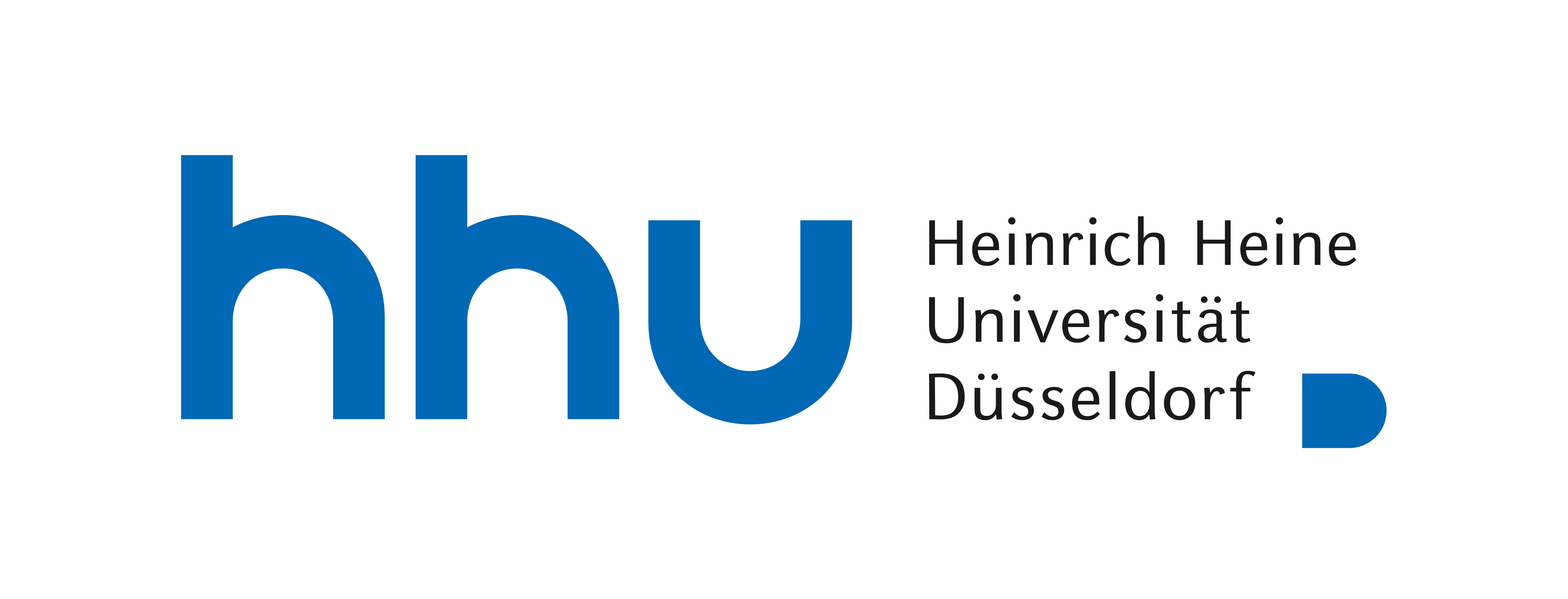Project Summary
Archaeal motility, powered by the archaellum, is a fascinating yet poorly understood phenomenon with implications for microbiology, biophysics, and evolutionary biology. The molecular machinery of this biological motor, capable of generating torque through ATP hydrolysis, represents a unique and efficient propulsion system distinct from its bacterial counterpart. Despite recent advances, the precise mechanisms of torque generation, its translation into motion within the microfluidic environment, and the interplay between structural components remain elusive.
The objective of MoTiVa is to develop a comprehensive computational model of the molecular assembly machinery and torque generation of archaea, integrating structural measurements of the archaellum and advanced predictive simulation techniques. This multidisciplinary approach aims to bridge the gap between experimental observations and theoretical understanding, providing unprecedented insights into the functioning of this ancient molecular machinery within its fluid context. By elucidating the dynamics of key motor components and their interaction with the surrounding microfluidic environment, we seek to unravel the step-by-step process of energy conversion from ATP hydrolysis to rotational motion, and ultimately to effective propulsion of the archaea through viscous microfluids.
This project offers a unique integration of expertise in computational biology, predictive biophysics, fluid mechanics, and mathematical modelling. The development of accurate simulations at multiple scales – from individual protein interactions, to the whole motor complex, to the movement of the archaeal cell through its fluid medium – will not only advance our understanding of archaeal motility but also contribute to the broader field of biological motor systems and microorganism locomotion.










